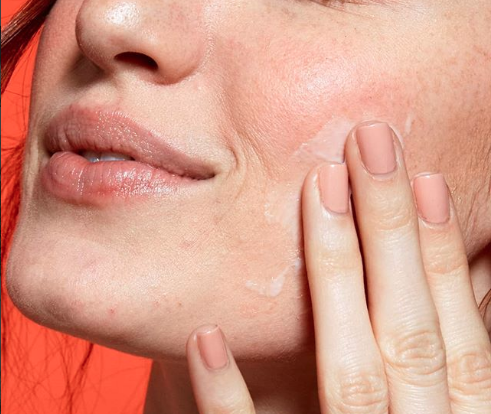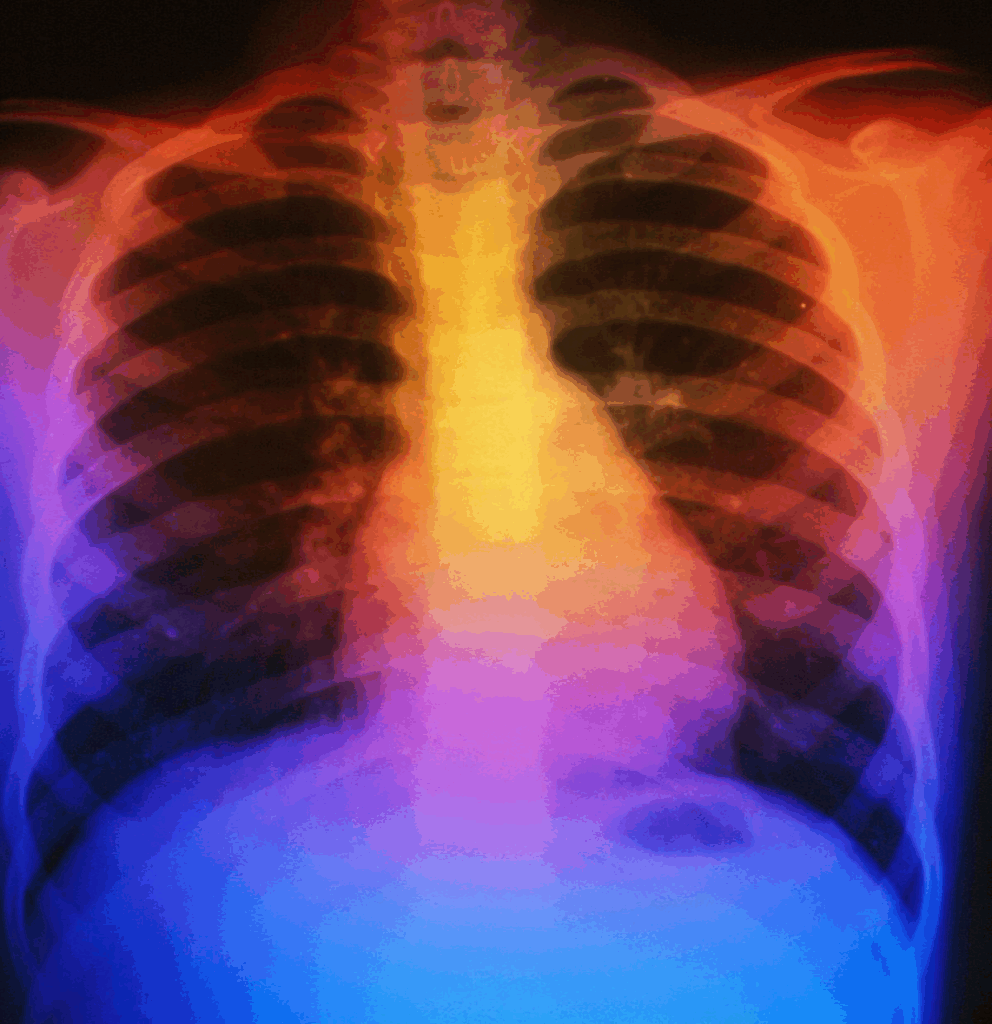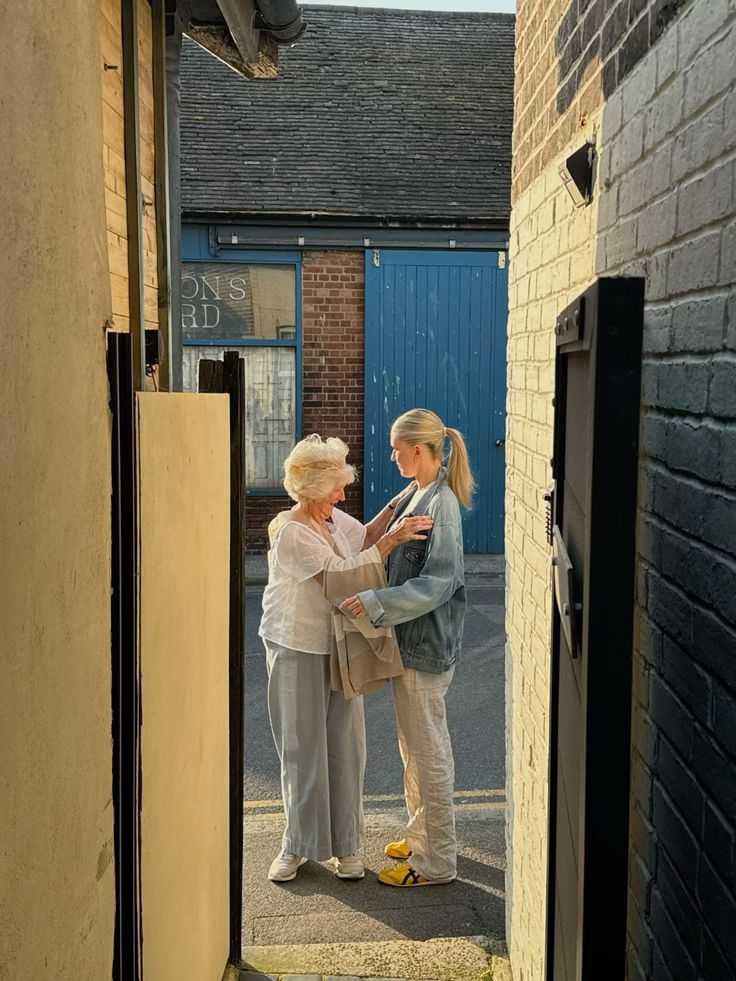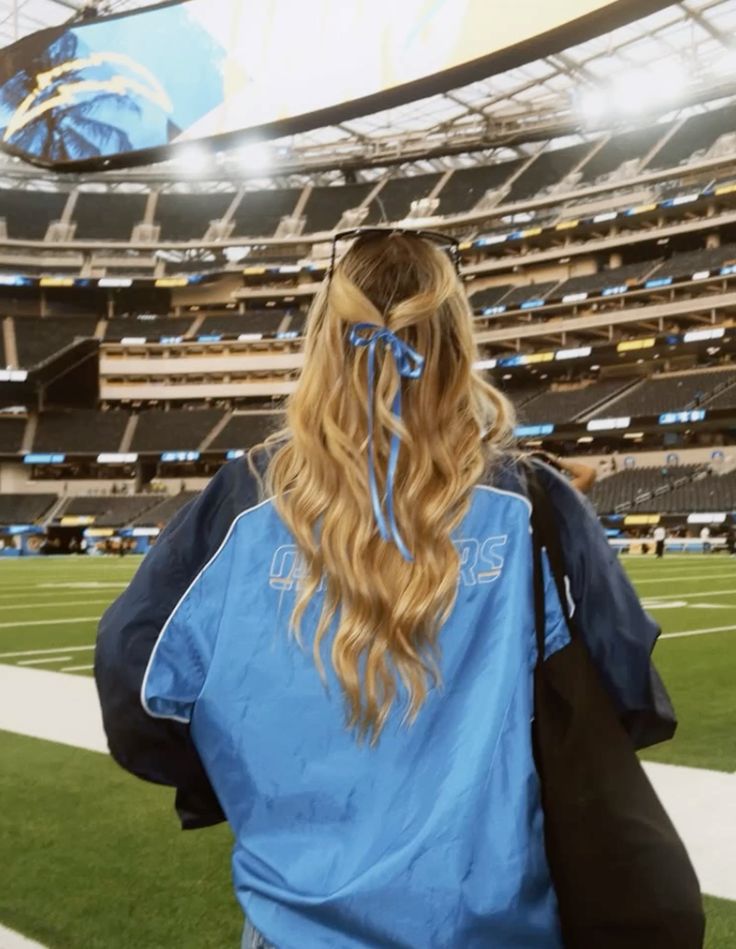We all know that dreadful feeling of waking up, looking in the mirror, and there it is — a pesky pimple that appeared overnight. From wasting five minutes trying to pop it or applying layers of concealer to try and cover the spot, this can be a huge pain and sometimes end up making the problem even worse than if the breakout would’ve been left alone. Before you start applying endless layers of spot treatment, VALLEY has solutions for the five most common types of breakouts and how to take care of them.
Whiteheads
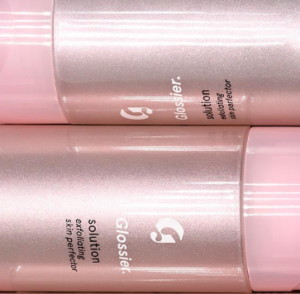
Photo from glossier.com
Whiteheads are exactly what they sound like — little white pimples that are pockets of sebum (your skin’s natural oil) along with a buildup of dead skin cells that sit on top of the skin. For those with oily skin, these pimples are more common due to an overproduction of sebum, but luckily you can normalize your levels with moisturizers and oils like hempseed or marula. Hydration paired with regular cleansing and chemical exfoliation is key to prevent and stop whiteheads in their tracks. Using a chemical exfoliant will bring whiteheads to the very top layer of the skin, making them then safe to pop.
Blackheads
These are super clogged pores and, like whiteheads, they’re made up of sebum and dead skin cells, but also usually contain bacteria. They are also open pores, unlike whiteheads, causing the oil within the pores to oxidize, turning the buildup a darker color. These can be similarly treated as whiteheads with cleansing and exfoliation. Pore strips may be the first thing that come to mind when these pop up, and they are okay to use every once in a while, but it’s important to not be pulling out the good oils in your skin too. Instead, try a clay or charcoal mask like the Origins Clear Improvement Active Charcoal Mask to draw out impurities.
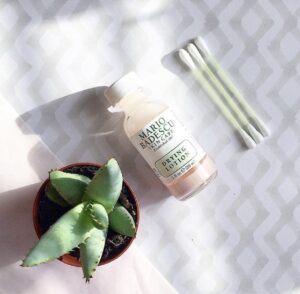
Posted by @mariobadescu on Instagram
Papules
Papules are small, inflamed raised bumps — they’re not exactly a full-on pimple yet and the bumps almost look rash-like. These are most successfully treated with the classic solutions: drying lotions and spot treatments. They respond best to benzoyl peroxide, salicylic acid and sulfur ingredients, and VALLEY recommends the Mario Badescu Drying Lotion for this type of pimple.
Pustule
These are probably what first come to mind when thinking of what a pimple looks like — a big, red zit that is filled with pus. These are the kind of pimples that are actually safe to pop, but only when they fully come to a head. Do not try to pop if they are still a red bump, because you could risk scarring and pushing the bacteria further into the skin.
An easy way to try to get a zit to a head is to apply a hot washcloth and hold it on the spot to help draw the infection toward the surface of the skin. This may take a few tries, but it is essential that you wait until there is a visible white head on the zit. Popping it should come easy, and it is extremely important that you do not force it — right after a shower is when it should be easiest to pop since the pores open up. Once popped, apply a warm compress for 2-3 minutes directly after, followed by using a gentle cleanser — no spot treatments or serums necessary.
Cysts
These are your worst nightmare when it comes to getting a pimple. They’re the most difficult kind of spots to treat because they are underneath the surface, unlike your typical pimple. Lying deep underneath the skin, these bumps are often hormonal or occur when the pores become blocked, causing a deep infection. The best way to treat these are to first and foremost leave the spot alone — no picking, no popping — that will only further irritate the spot and push it deeper into the skin, almost guaranteeing a scar in the future.
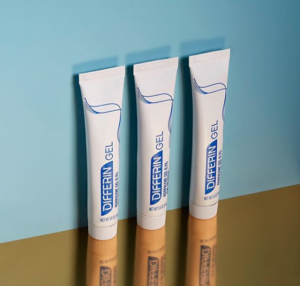
Posted by @differinus on Instagram
Keep the area clean, and although you might be tempted to cover the red bump up, it’s a good idea to keep it free of any kind of makeup that is comedogenic, or pore-clogging. Chemically exfoliating may also help treat the infection by getting rid of any dead skin buildup that could increase infection. Dermatologists will treat cysts with cortisone injections that will make the infection disappear in about a day. However, if you aren’t too fond of needles, there are other options like a topical cortisone treatment and applying ice to the spot regularly until the swelling decreases and the spot heals on its own. If you experience regular cystic acne, there are other steps you can take to treat it like using retin-A or Differin Gel.
With any skincare concern, it is always important to consult a doctor or dermatologist, especially when considering any serious type of treatment.

